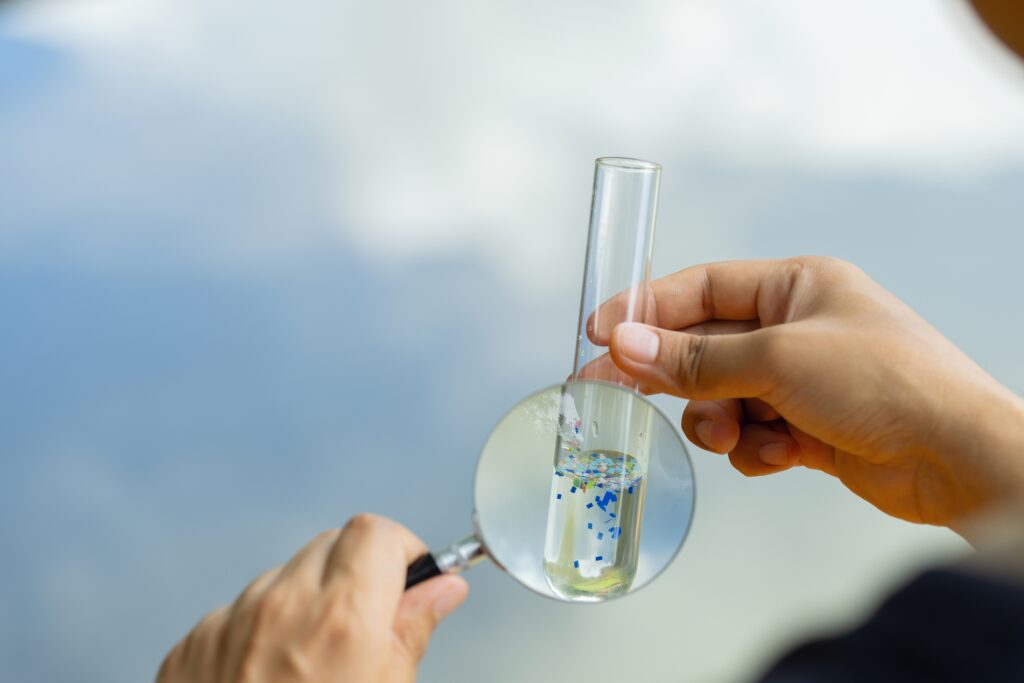A new study shows that boiling tap water could reduce the amount of harmful microplastics. Researchers found that boiling water for just five minutes can help lower microplastic levels. This simple, low-cost method could be a good way to protect yourself from these tiny plastic particles.
Boiling Water Cuts Microplastics by Up to 90%
Microplastics are tiny plastic pieces that have been found in human organs and tissues. They get into the body through food, drinks, and even the air. But researchers in China have found that boiling tap water can dramatically reduce microplastics.
In their tests, they boiled water for five minutes. They found that boiling reduced the amount of microplastics by as much as 90%, especially in regions with hard water. In areas with soft water, boiling still cut the amount of microplastics, but by only 25%.
Why does boiling work? The answer lies in the minerals in the water. Hard water contains calcium carbonate, a mineral that forms limescale when the water heats up. This limescale traps microplastics, preventing them from entering the body when you drink the water.
How Does Boiling Work?
Boiling water removes microplastics by using heat to form limescale. The calcium in hard water combines with other minerals as the water boils. This forms limescale, which traps the microplastics inside. The trapped particles stay in the limescale, which you don’t drink.
In regions with soft water, there is less calcium, so less limescale forms. As a result, boiling has less of an effect on microplastics in soft water. But in places with hard water, the boiling process is much more effective at removing plastic particles.
This study was published in Environmental Science & Technology Letters. Researchers say boiling water is a simple and cost-effective way to reduce microplastics. However, they also warn that boiling does not remove all microplastics. It only reduces their presence.
Using the Right Tools for Better Results
To make the most of boiling water, researchers suggest using non-plastic kettles and stainless steel filters. These tools help keep the microplastics trapped in the limescale. Without them, the plastic particles could end up back in your cup.
This boiling method isn’t new. Many countries, such as China, Vietnam, and Indonesia, have long boiled their tap water to make it safer to drink. Now, researchers believe that boiling could have an extra benefit: reducing exposure to microplastics.
Health Risks of Microplastics
Microplastics have been linked to several health risks. Studies suggest they could increase the chance of heart attacks, strokes, and cognitive problems like dementia. But no study has proven that microplastics directly cause these diseases.
Still, the rising presence of microplastics in our bodies is a growing concern. The Chinese researchers hope their study will encourage more research into how microplastics affect human health. Their goal is to find more ways to reduce our exposure to these tiny particles.
More Research Is Needed
Although boiling tap water can help reduce microplastics, the researchers say more studies are needed. The current study looked at a small sample of tap water. Further testing will help scientists understand how boiling water can be used to remove other types of harmful particles.
The researchers also want to see whether boiling water can remove other synthetic materials. As microplastics are only one part of the problem, scientists are exploring ways to tackle a variety of contaminants in drinking water.
The Growing Problem of Microplastics
The issue of microplastics is not limited to drinking water. These particles are found in the air, in food, and in water sources. As a result, they have become a significant environmental and health problem. The widespread use of plastics and their breakdown into smaller particles is a global issue.
This study gives us a small but important tool to fight microplastics. While boiling water isn’t a cure-all, it can be a useful step in reducing our exposure to these harmful particles.
Boiling tap water for five minutes may not eliminate all microplastics, but it can significantly reduce them. This method works especially well in regions with hard water. By using simple tools, like non-plastic kettles and filters, we can increase its effectiveness. Researchers hope that this study will lead to more research and better solutions for reducing microplastic exposure in the future.
